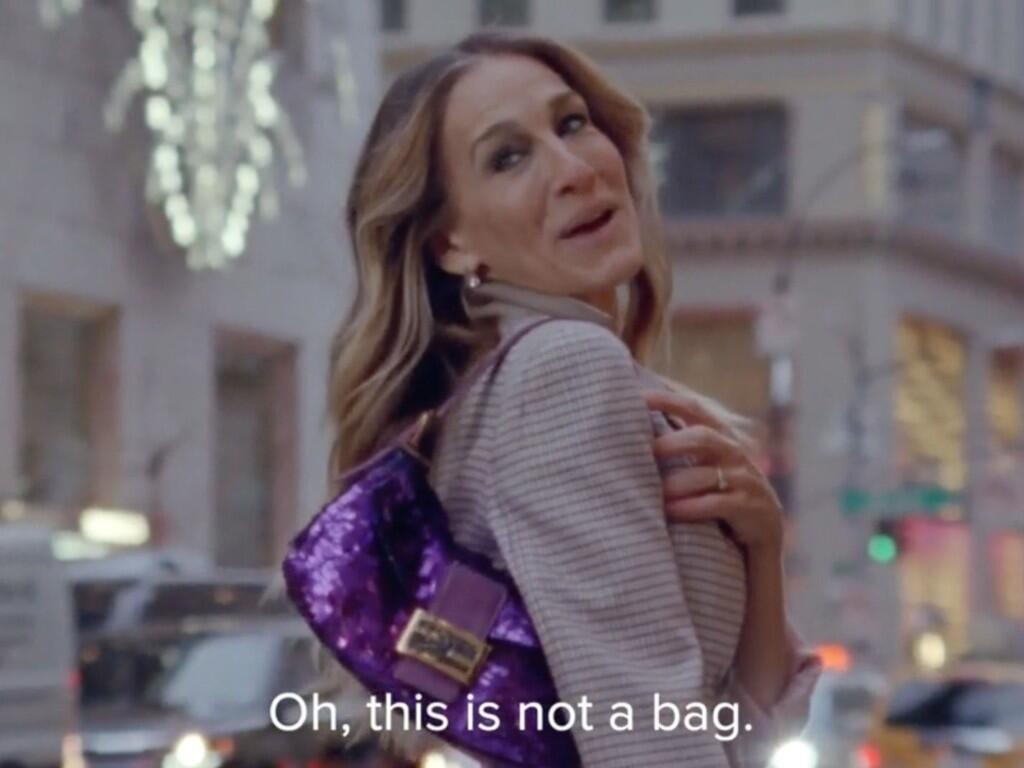The post-pandemic surge in global sales of luxury handbags, shoes, and apparel is set to stall this year. Lack of significant product advancements and exorbitant price hikes targeting the biggest spending customers are two of the factors impacting the industry.
In China, factors such as the revival of outbound tourism, weakening local demand, and the emergence of "luxury shame" (negative perception of flaunting wealth) are contributing to the slowdown.
Bain consultancy projects flat worldwide luxury sales in 2024 after a slight first-quarter dip, citing political and economic uncertainties. Brands need to refocus on customer needs and innovation to drive growth.
Major fashion houses are undergoing creative leadership transitions, neglecting aspirational middle-class and Gen-Z customers, while prioritizing ultra-high net worth individuals for maximum profit margins, posing challenges.
To thrive in the evolving market, luxury brands are recalibrating strategies to enhance product innovation, strengthen brand identity under new creative directions, and prioritize consumer-centric innovation and sustainability initiatives.
Despite challenges, the global luxury market expanded to 1.5 trillion euros, with personal luxury goods sales increasing by 4% last year to 362 billion euros, indicating regional growth potential.
This article was written in collaboration with Generative AI news company Alchemiq
Sources: Business Insider, Mirror, The UBJ, Fortune.


